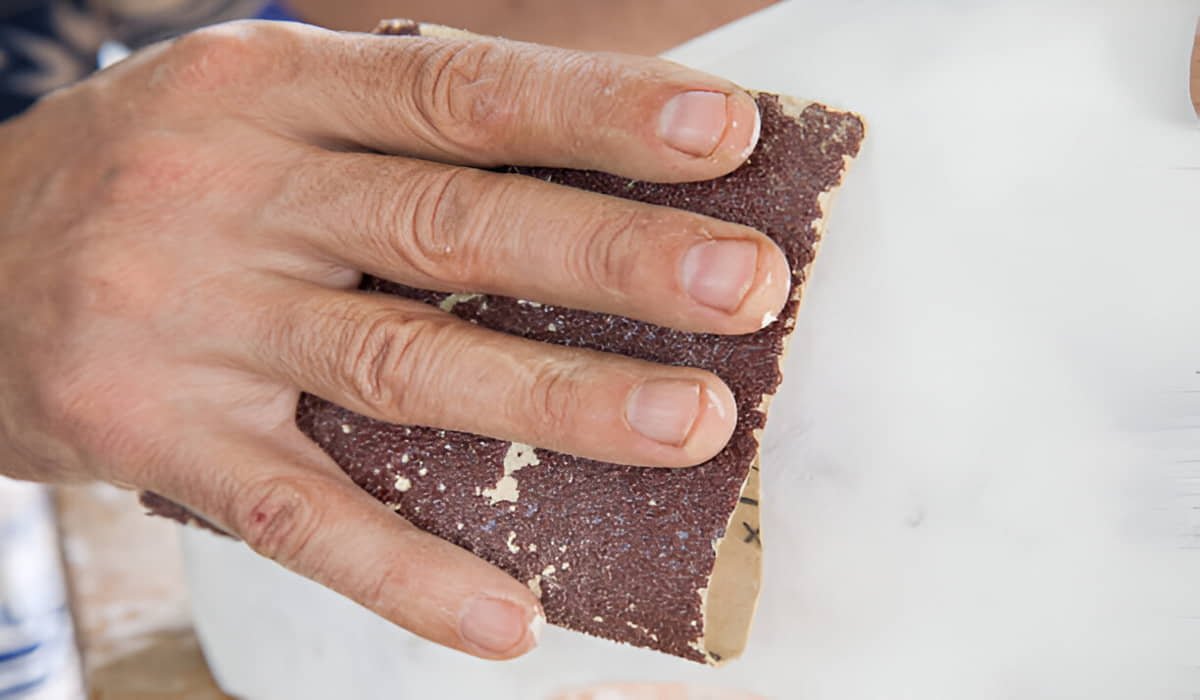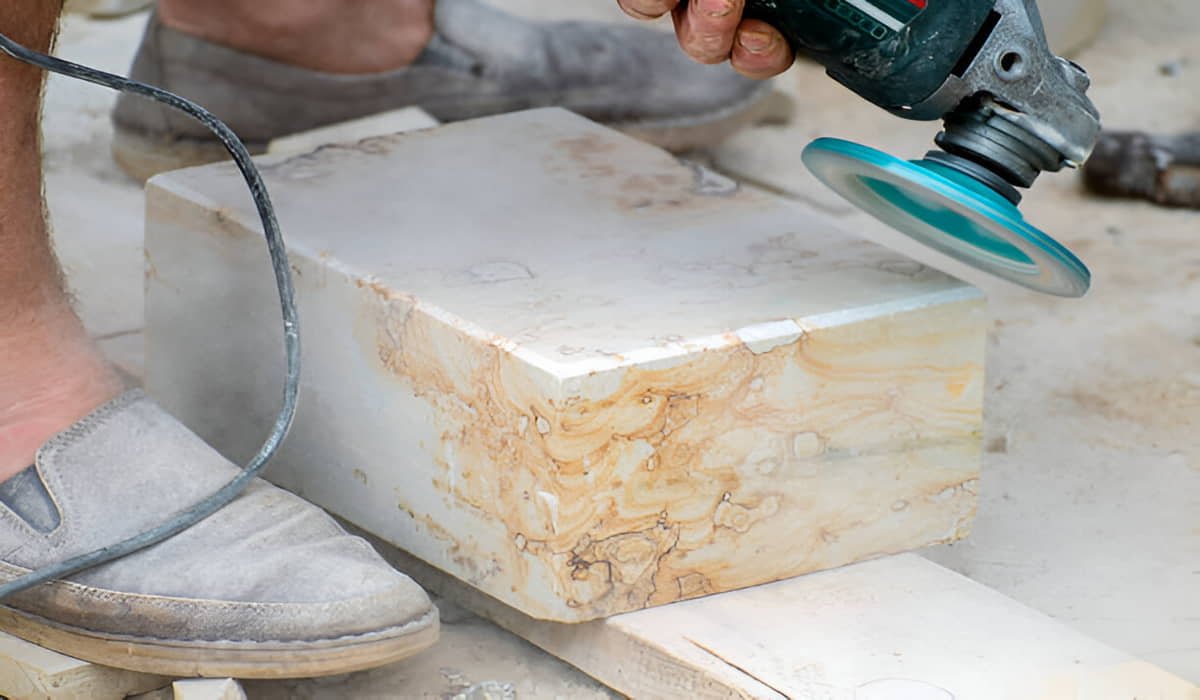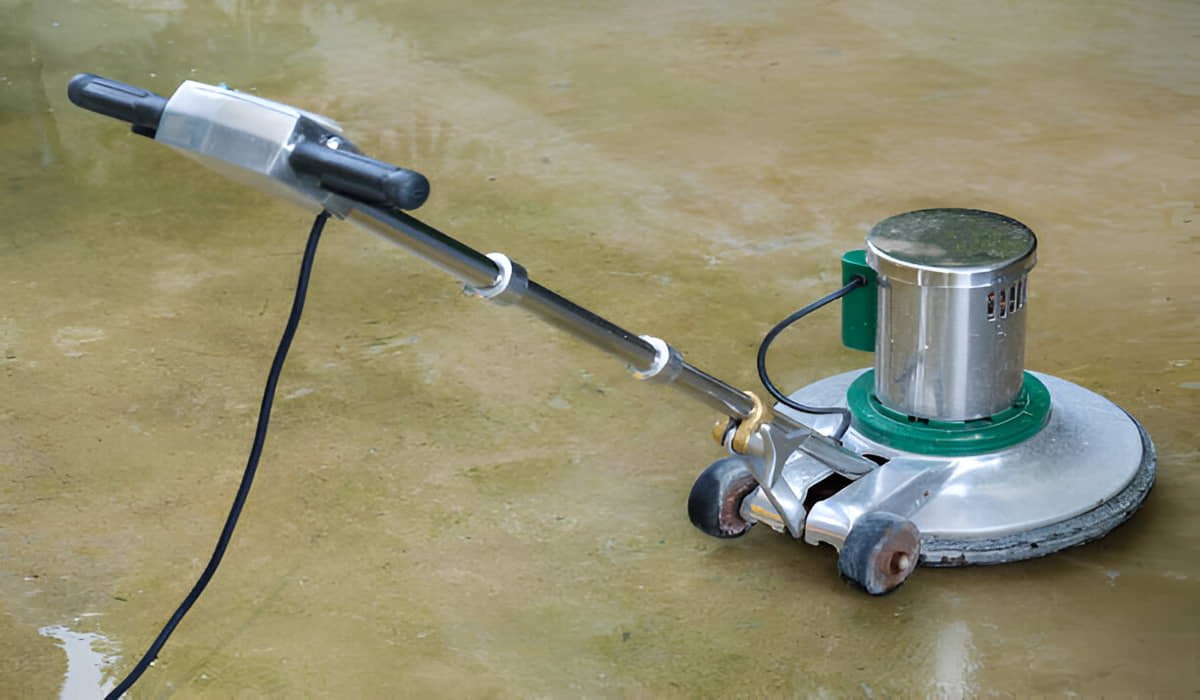Marble is a beautiful and luxurious stone. It makes floors, countertops, and walls look elegant and classy. But keeping marble shiny and smooth is not easy. Marble polishing is a tough job, and not everyone can do it properly.
If you have ever tried polishing marble, you know how hard it can be.
But why is marble polishing so difficult?
Let’s find out in simple words.
1. Marble Is a Soft Stone
The marble looks strong, but it is a soft stone compared to granite or quartz. This means it can scratch, stain, and lose its shine easily. Because of this, polishing marble is tricky.
You have to be very careful not to damage the surface.
Why Does Softness Make Polishing Hard?
-
Soft surfaces get scratched easily.
-
Too much pressure can leave marks.
-
It needs special tools and techniques to avoid damage.
When you polish marble, you are not just making it shiny. You are also trying to remove scratches and stains without making new ones. This takes skill and patience.
2. Requires Special Equipment
You cannot polish marble with regular cleaning tools. You need special machines, polishing pads, and diamond abrasives. These tools are expensive and require experience to use properly.
What Equipment Do Professionals Use?
-
Diamond polishing pads – These smooth out the surface and remove scratches.
-
Polishing powder – This helps bring out the shine.
-
Floor buffers and grinders – These machines make the process faster but require skill.
If you use the wrong equipment, you can ruin the marble instead of polishing it. That’s why professional polishing is often better than DIY.
3. Takes a Lot of Time
Polishing marble is not a quick job. It requires multiple steps, and each step takes time. Rushing the process can lead to poor results.
Steps in Marble Polishing:
-
Cleaning the Surface – The marble must be cleaned properly before polishing.
-
Grinding – This removes deep scratches and uneven spots.
-
Honing – This smooths the surface and prepares it for polishing.
-
Polishing – Special powders and pads are used to bring out the shine.
-
Sealing – A sealant is applied to protect the marble from stains.
Each of these steps takes time. Skipping any step can make the marble look dull or uneven.

4. Sensitive to Chemicals
Marble reacts badly to certain cleaning products. If you use the wrong cleaner, it can damage the surface and make polishing even harder.
Which Chemicals Harm Marble?
-
Acidic cleaners (like vinegar or lemon juice) – These cause etching, leaving dull spots.
-
Bleach and ammonia – These can discolor marble.
-
Harsh abrasives – These can scratch the surface.
Because of this, you must use special marble-safe cleaners. Even water can cause damage if left on the marble for too long.
Also Check: Chemicals for Marble Polishing
5. Requires Experience and Skill
Marble polishing is not just about rubbing a cloth over the surface. It requires knowledge and skill. Professionals train for years to learn the right techniques.
Why Is Skill Important?
-
If you press too hard, you can create scratches.
-
Using the wrong polishing compound can dull the marble.
-
If you don’t polish evenly, the surface will look patchy.
A beginner might struggle to get a smooth, even shine. That’s why hiring experts is often the best choice.
6. Dust and Mess
Polishing marble creates a lot of dust. When you grind and hone the surface, tiny marble particles fill the air. This dust can be harmful if inhaled and can make a big mess in your home.
How Do Professionals Handle This?
-
They use machines with water to reduce dust.
-
They wear masks to avoid breathing in fine particles.
-
They cover furniture and nearby areas to prevent dust from spreading.
If you try polishing marble at home without proper protection, you might end up with dust everywhere.
7. Different Types of Marble Behave Differently
Not all marble is the same. Some types of marble are harder, while others are softer. Each type requires a different polishing method.
Examples of Different Marble Types:
-
Carrara Marble – Soft and easy to scratch.
-
Calacatta Marble – More durable but expensive.
-
Travertine – More porous and requires extra sealing.
If you don’t know what type of marble you have, you might use the wrong polishing method. This can lead to damage instead of improvement.
Also Check: How to Polish Marble Floors
8. Water Damage Risks
Polishing marble often involves using water. However, too much water can seep into the stone and cause stains or cracks.
Why Is Water Dangerous for Marble?
-
It can leave water stains.
-
It can weaken the stone over time.
-
It can cause mold if not dried properly.
This is why professionals control the amount of water they use. They also dry and seal the marble after polishing.
9. Expensive Process
Marble polishing is not cheap. The tools, products, and expertise required make it an expensive job. If you try DIY polishing and make mistakes, you might have to pay even more to fix the damage.
What Makes It Expensive?
-
High-quality polishing products.
-
Professional-grade machines.
-
Skilled labor costs.
Because of this, many people prefer to hire professionals instead of doing it themselves.
10. Needs Regular Maintenance
Even after polishing, marble needs regular care. If you don’t maintain it properly, the shine will fade quickly.
How to Maintain Polished Marble?
- Use a soft cloth for cleaning.
- Wipe up spills immediately.
- Use coasters and mats to prevent stains.
- Apply a sealant every few months.
If you neglect maintenance, you’ll have to polish the marble again sooner than expected.
Final Thoughts
Marble polishing is a difficult and time-consuming process. It requires the right tools, skills, and patience. The softness of marble, its sensitivity to chemicals, and the need for special equipment make polishing hard.
That’s why many people choose to hire professionals rather than attempt DIY polishing. If you are in Dubai and looking for marble polishing services in Dubai, then cleaning sweeping is your top choice.






